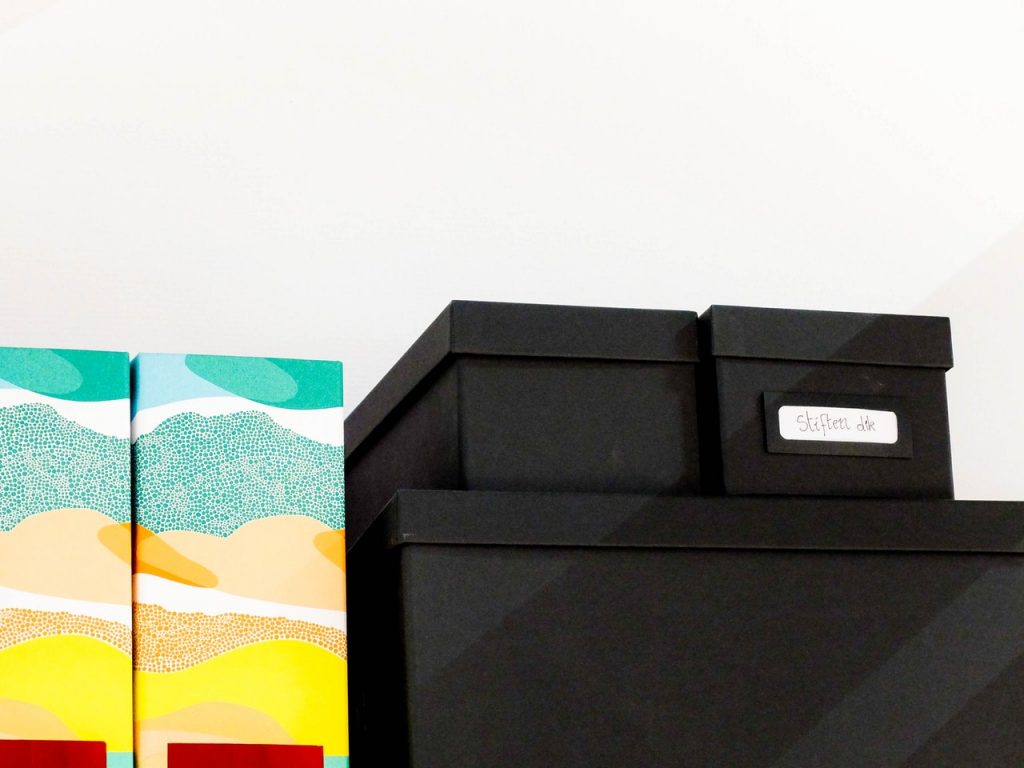Before jumping to store your artwork, ensure to label and wrap with a packing tape tightly. By keeping a record of your artworks, you can manage the archive and retrieve them efficiently. However, you should be careful when handling and storing pieces of unframed and framed art. Whether you are planning to use any short or long term strategy for storage, these expert ideas will help your artworks stay in good condition.

Select a Suitable Space
The best location for art storage is a dark space. Usually, the colours on artwork tend to fade with over-exposure to sunlight. Also, high temperatures from fireplaces and heaters can destroy the integrity of paintings. So, a suitable space for your art should have minimal light intensities and human traffic, something such as an art crate will help keep it sheltered from any environmental factors. Additionally, you might need to shut the windows of this storage facility to prevent the ink on your artwork from peeling off. The concrete floor, basement, garage, and an attic are not suitable places for storing artwork.
Install Climate Control
The installation of a temperature regulating system in storage rooms is a proper way of eliminating crack paints on artworks. Generally, humidity is inevitable when the temperature is low, and you will see the growth of moulds when there is no temperature-control. Experts recommend that avid art collectors should set their storage rooms to about 70 °F (21 °C) of room temperature.
Preserve the Integrity of Art
Art materials like paints and inks are sensitive and can react to body sweat and oil. By wearing latex hand gloves you can use a microfiber cloth to clear specks of dust from the artwork. Also, spraying wooden or metal parts of art frames with polish might prevent scuffing or rust. Allow the polished frames to dry before handling your art.
Use the Best Wrapping Technique
Do not place your artwork on the ground after wrapping it. Instead, use shelves or riser to store arts and separate them from paintings. When you place pieces of art against each other, the contact can cause wear or degradation after a period. Special pads and acid-free boards are sold in local art gallery shops; both materials can preserve your collections for a long time. However, you will need to aerate them at intervals to prevent humidity or the growth of moulds.
How to Wrap Framed Art Pieces
Use bubble wraps or blankets, and packing tape to cover the piece of framed artwork before storage. With extra pieces of acid-free hardboard on both the front and back, use more packing tape to hold them tightly.
How to Wrap Unframed Art Pieces
Any piece of unframed art has more tendencies to getting damaged because of poor handling. So, you can use sheets of silicone to wrap your paintings before covering it with glassine paper. A drawback of the glassine is trying to flatten paper art materials after rolling them into the glassine.
How to Wrap Sculptures
The best material for wrapping sculptures, metal casts, and other 3D crafts is the bubble wrapper. However, the wrapping material should be free from wax-based paint. Most sculptures have rigid textures; so, you might need multiple layers of bubble wrap to store them. Do not forget to seal the bubble wrap with packing tapes.
Use Cardboard Boxes
According to art archivists, it is not realistic to hold large collections of art in a small storage space. Usually, use special packaging boxes with substrate materials to protect your wrapped artwork. Before storing them in cardboard boxes, put smaller pieces of art in sturdy folders horizontally. Label the cardboard box with a permanent marker for easy identification before stacking them on racks. Do not place heavy objects on these boxes because of the effect of force, and check inside them for signs of pests, cocoon cases, and moulds regularly.
Art can mean many different things to many different types of people. It is important to note that the idea of safe art storage isn’t limited just to those who hang up paintings or pieces of text, it can be for more niche items too. There can be specific ways you may need to protect and safely store your limited release sneakers or preparing to store the next yeezy release. We are highlighting sneakers as a niche subject because it shows that no matter what you consider ‘art’, you must be prepared to take the best care possible of something you value. You may have put a lot of time, effort and or money into these products, so to make sure you receive a return on investment (ROI) you must take advantage of art storage.
To take care of something that has value to you isn’t an easy thing to do. Don’t let the complications or costs get in the way of you protecting something special to yourself.



MOST COMMENTED
Top stories / Uncategorized
How to Take Care of Your Sneaker Collection
Renovating
How To Use Wire With Furniture
Facts / Top stories
How to know if the Tasmanian job market is best suited for you
Uncategorized
How to travel around Tasmania
Tech
The Benefits of Aligning Business Functions
Tech
Crafting the Perfect Setup for Photography Enthusiasts
Tech
Enhancing Urban Mobility Through Traffic Management